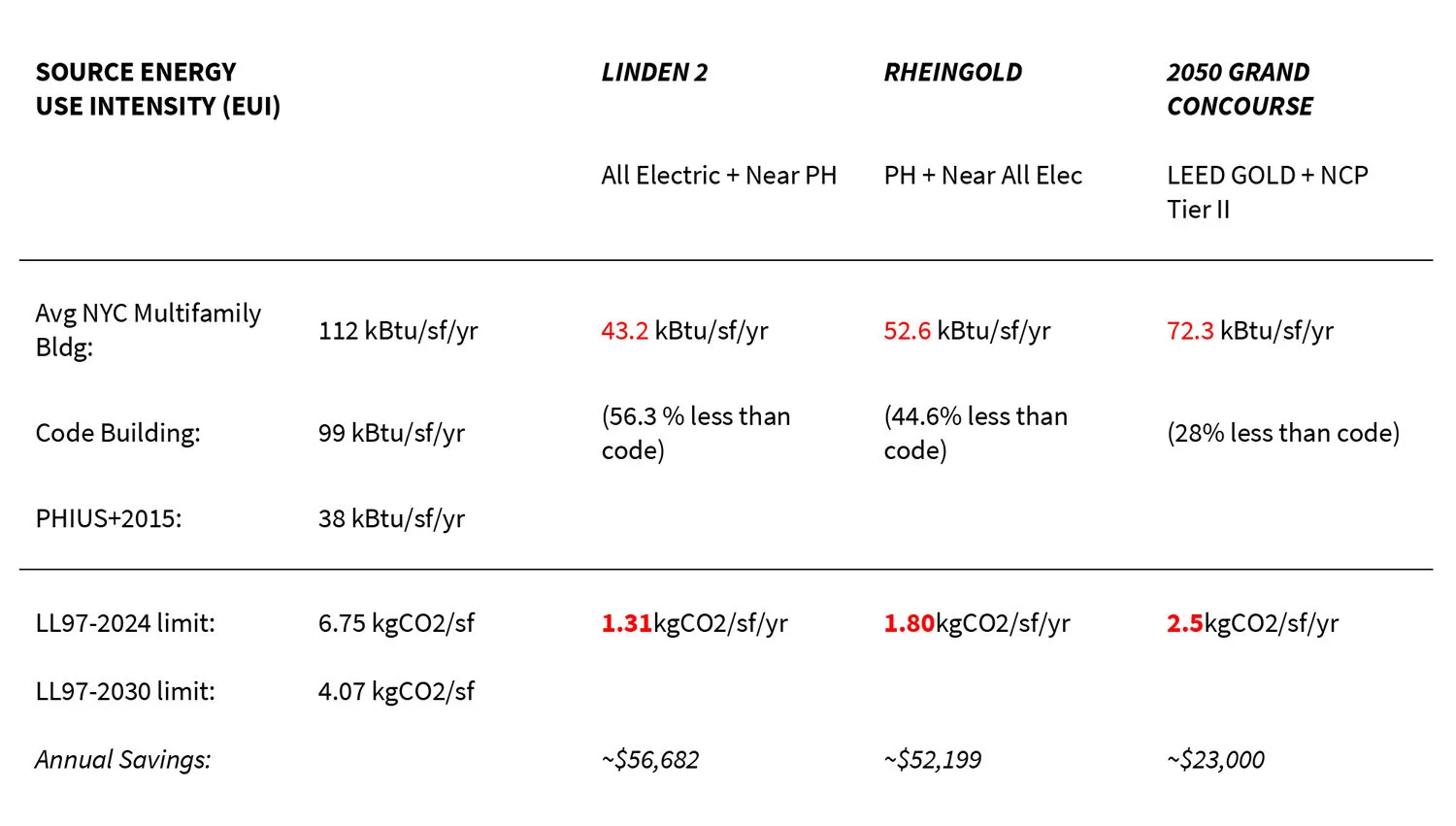MAP Buildings of Excellence at AIANY
MAP Associate Principal & Director of Sustainability Sara Bayer.
With funding agencies adopting high level standards as their basic requirements and developers with missions that encompass health and wellness, resiliency, and sustainability, the affordable housing industry has been on the forefront of this work.
But new goals are here in the form of new codes and Local Laws, and the City and State are pushing for the most energy efficient buildings yet.
Earlier this month, MAP Associate Principal & Director of Sustainability Sara Bayer, and Senior Associates Rachel Simpson and Kami Altman presented the firm’s three Buildings of Excellence winners at the Center for Architecture. The projects were awarded under New York State’s inaugural $40 million Buildings of Excellence Competition round one, announced last year.
MAP Staff left to right: Associate Principal & Director of Sustainability
Sara Bayer, Senior Associate Kamila Altman and Senior Associate RachelL Simpson.
Here are three key takeaways from the presentation:
1. Focus on the envelope
Most buildings leak air (heated and cooled) and therefore leak money too. Building a tight envelope means that mechanical systems don’t need to work as hard which in turn allows us to reduce the size of those systems. This saves on energy and can lower development and operating costs.
Proper ventilation is key to the success of this methodology, so we look to ERVs which allow us to bring in fresh air, better control temperature and improve air quality. Too often, we rely on our building exteriors to filter our air for us, but the next time you clean your windowsills take a look at what you’re breathing in. So, beyond energy efficiency, this strategy is about health.
Good windows are important here too. When done right, residents should be able to stand by the glass and enjoy the view on a winter’s day without feeling a draft. This level of insulation also attenuates sound, particularly important for high traffic urban communities, and makes for much more comfortable living environments. And comfortable tenants are happier, healthier and have fewer complaints for management.
2. There’s more than one way to hit high efficiency standards
With various certifications and standards, out there, including, LEED, PHIUS (Passive House), Enterprise Green Communities, NYSERDA, etc. we’ve found that one of the best ways to think about efficiency targets is to look at Energy Use Intensity (EUI). This is essentially energy per square foot. The lower the number the better. We are also concerned about carbon use per square foot, which is your EUI converted to kgCO2/sf. This is how the new Local Law 97 will be measured.
Looking at our three Buildings of Excellence Award winners we see that there isn’t a one size fits all solution, and, the right set of solutions depends on myriad factors, perhaps the most important of which is building program. Fortunately, there are a wide variety of strategies, and technologies that can be implemented to produce EUIs substantially better than code. Our BOE buildings range from 43.2-72.3 kBtu/sf/yr. For context, the average multifamily building in NYC has an EUI of 112 kBtu/sf/yr. For the new Local Law 97, we’re shooting for a carbon use number below 6.75 kgCO2/sf in 2024 and 4.07 kgCO2/sf in 2030. Our BOE buildings range from 1.8-2.5, plus as the grid gets cleaner these numbers should come down more.
Our three projects include Linden Phase 2, a building with a combination of geothermal, solar thermal, and air source heat pumps for hot water and space conditioning in an all-electric building, Rheingold Senior Residences, a building designed to Passive House standards and 2050 Grand Concourse, a building with a wide range of proven sustainability features including, a high performance envelope, photovoltaic panels, green roofs, energy efficient systems and appliances, etc.
3. Importance of Embodied Carbon
We can’t continue to move forward without deep consideration of embodied carbon – the amount carbon it takes to actually build or renovate a building. This comes from things like the production of and transportation of materials and energy for construction. According to Builders for Climate Action, from 2020-2030, up-front embodied carbon will contribute more to climate change than on-going operation emissions. Basically, building anything takes a great deal of carbon, and we emit all of it during development. In fact, Builders for Climate Action also indicates that by 2050, embodied carbon could still make up more than half of our new construction building emissions. So, if we’re going to reach ambitious climate goals, we’ve got to adequately address embodied carbon. And, by the way, start to look at carbon storing buildings – yes that is a thing!



